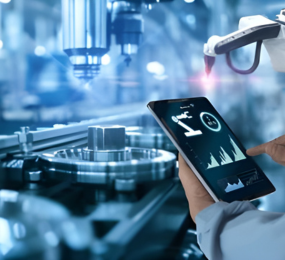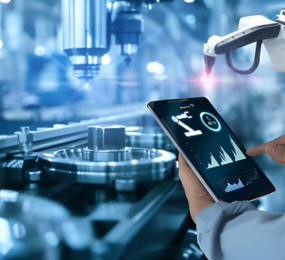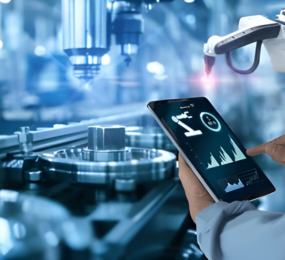Automotive Safety: A Commitment That Goes Beyond Compliance
For as long as cars have existed, safety has been at the heart of automotive design. But today, as our roads grow more crowded and technology moves faster than ever, automotive safety has become more than a regulatory requirement it is a moral and strategic priority.
From manufacturers and regulators to consumers and infrastructure planners, everyone has a role to play in ensuring that vehicles on our roads are not only efficient and connected but also safe by design.
Safety as a Standard, Not an Afterthought
Modern vehicles are equipped with a wide range of features that were once considered luxury add-ons: automatic emergency braking, lane departure warnings, blind spot monitoring, adaptive cruise control, and more. These systems are part of what’s known as Advanced Driver Assistance Systems (ADAS) and they’re designed to reduce human error, which remains the leading cause of traffic accidents worldwide.
But automotive safety isn’t only about technology. It's about design choices that protect passengers during collisions, materials that absorb impact effectively, and interior layouts that prevent injuries. Every curve, every belt, every airbag is engineered with purpose.
The Human Factor: Behavior Still Matters
Even with intelligent systems in place, the human element remains critical. Driver training, distraction awareness, and responsible behavior are still central to safety outcomes. Automakers and governments continue to invest in education campaigns, while some are exploring technology like driver monitoring systems to alert users when their attention strays.
As semi-autonomous vehicles become more common, understanding the transition between machine and human control has become a key safety challenge. This isn’t just a technological question it’s also one of psychology, trust, and behavioral response.
Looking Ahead: Regulation and Responsibility
Governments worldwide are tightening safety standards, from Euro NCAP in Europe to NHTSA in the U.S. These frameworks are pushing manufacturers to innovate while holding them accountable. Safety testing has become more rigorous and inclusive of real-world scenarios, including vulnerable road users like cyclists and pedestrians.
At the same time, there's growing emphasis on functional safety the systems behind the systems. Ensuring that electronic controls, sensors, and data flows function correctly under all conditions is now as critical as physical protection.
Takeaway Point
Automotive safety is no longer just about surviving a crash it’s about preventing it. Through smarter design, stronger regulation, and human-centered innovation, the industry is steering toward a future where safety is not a selling point but a shared responsibility. In the race toward connected and autonomous vehicles, the true benchmark of progress will remain: how well we protect human life on every journey.
Learn more on our website: https://www.leadventgrp.com/events/3rd-annual-automotive-functional-safety-forum/details
For more information and group participation, contact us: [email protected]
Leadvent Group - Industry Leading Events for Business Leaders!
www.leadventgrp.com | [email protected]
















